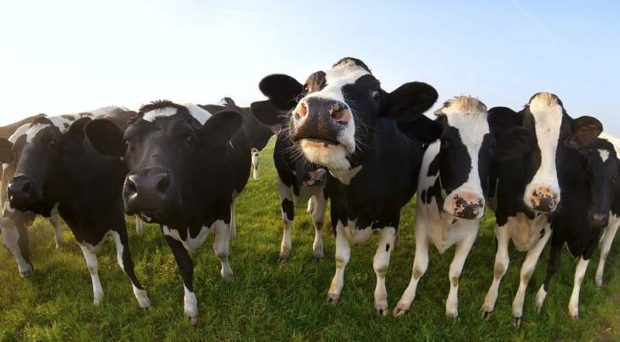
Why do we need new estimates?
The Intergovernmental Panel on Climate Change (IPCC) — founded in 1988 to better understand and curb human-made climate change — published guidelines in 2006 covering the influence of livestock on the carbon cycle. That’s an important step toward reversing trends already in progress. Unfortunately, the guidelines were fundamentally flawed.
In some cases, the data they used to draw their conclusions were 30 years old. Even the more recent statistics were out of date by several years, but most of the information IPCC employed was first made available publicly in the ’80s and ’90s.
These revised data underscore the principal importance of observational science: It changes when new information becomes available. It’s also susceptible to public and peer scrutiny, which has led concerned scientists to draw new conclusions now that we have the latest science to build a case.
What do the revised emissions factors say?
In almost every respect, the updated figures are higher than the figures published in 2006.
Both the 2006 guidelines and the updated version, released in 2017, break down the animal agriculture industry by animal and world region. In the U.S. and Canada, the emissions factor of swine manure management — expressed as kg CH4 -animal−1 year−1 — stood at 12 in 2006. In 2017, that figure was amended to 15 as the new data were folded into the mix.
In almost every respect, the updated figures are higher than the figures published in 2006.
Unfortunately, swine manure is one of the least of our worries. Between 2006 and 2017, our estimation of dairy cow manure management’s carbon emissions rose from 53 to 137 — a 150 percent increase.
Some regions saw a decrease in some animals’ share of carbon emissions. West Europe saw a modest decrease in the carbon footprint of meat cattle. East and Southeast Asia cut their regions’ already low meat cattle emissions from 1 to 0.4.
The general worsening of the problem over the years became even more concerning when researchers discovered that, even as the share of carbon emissions rose for these animals, they did not observe a commensurate increase in animal mass at the time they were taken in for slaughter.
In plain English, this means the overwhelming social and commercial pressures of factory farming have built an industry that churns out more animals than ever before, but they’re far less healthy. And the practices necessary to keep that number of animals alive and fed are increasingly environmentally destructive.
The good news is, there are already solutions on the table.
Some of the ways we can help reverse the damage caused by animal agriculture are obvious. Just as progressive voices have successfully lobbied investors to divest from fossil fuels, we can do the same for animal agriculture.
We can also replace some of the traditional farming equipment with less energy-hungry alternatives. Farmers can now use air compressors to power milking machines and reduce their carbon footprint, for example. And don’t forget those farmhouses and outbuildings that dot even the most modest agricultural operations: prime real estate for a solar array. Making farmers more energy-independent would be a huge step toward further reducing industrialized farming’s harm to the environment.
It’s worth observing here that most humans eat far more meat than they should. The scarcity factory farming was invented to “solve” was never a real problem to begin with.
If we challenge ourselves to shift to a more plant-based diet — whose carbon footprint is eminently more manageable — we stand a chance at reversing some of the problems these amended environmental guidelines have laid bare.
- Livestock emissions higher than estimated - 8th November 2017
Comments